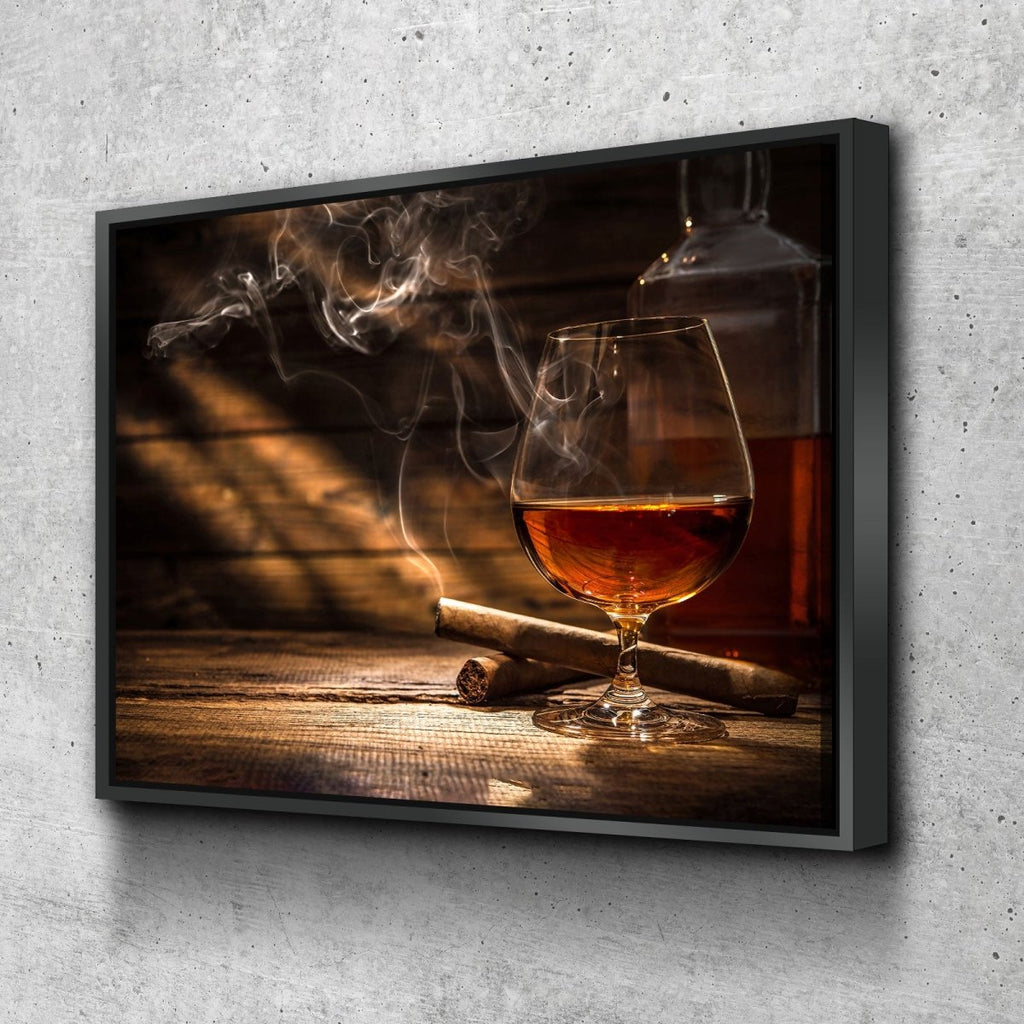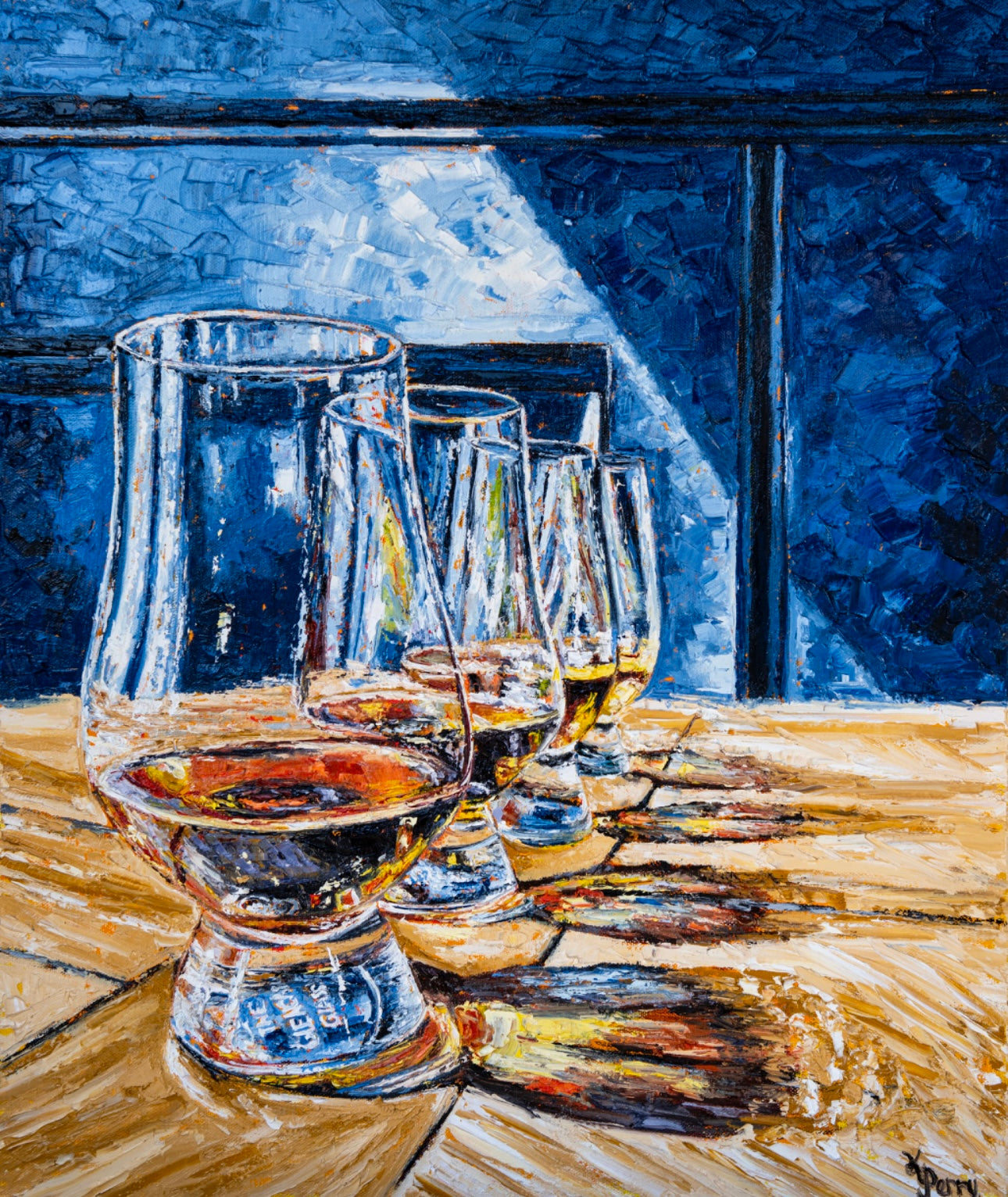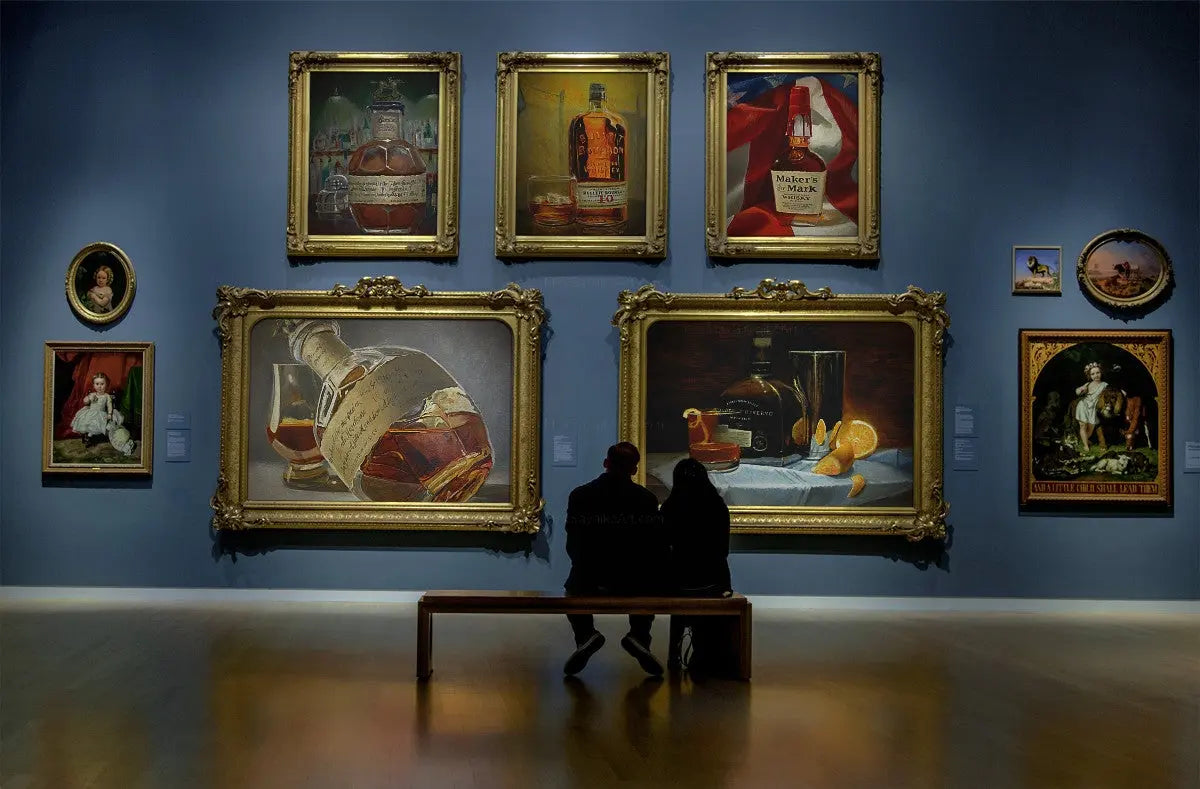Change Your Space with Stunning Whiskey Art Inspired by Nature
Change Your Space with Stunning Whiskey Art Inspired by Nature
Blog Article
The Value of Whiskey Art in Celebrating Heritage and Craftsmanship in the Beverage Industry
The intricate partnership in between whiskey art and the party of heritage and workmanship within the drink market can not be overemphasized. With thoughtfully developed bottles and tags, whiskey brand names envelop their historic origins and the artisanal skills that specify their manufacturing methods. This artistic measurement not just improves market charm but also serves as a channel for cultural narration, promoting a much deeper connection in between the customer and the craft. As we check out the numerous facets of this topic, fascinating concerns concerning the impact of modern fads on typical practices develop, triggering more exam.
The Historical Roots of Whiskey
At the heart of whiskey's appeal lies an abundant tapestry of historic roots that map back to old civilizations. The beginnings of bourbon can be linked to the purification methods of the Sumerians and Babylonians around 2000 BCE, where early types of fermented grain beverages began to emerge. Nevertheless, it was in the Center Ages that the art of distillation progressed substantially, specifically in Ireland and Scotland, bring about the development of bourbon as we understand it today.
The term "scotch" itself stems from the Gaelic word "uisce beatha," indicating "water of life." This expression underscores the social value of bourbon in Celtic cultures, where it was usually related to rituals, events, and public bonding. By the 15th century, distillation came to be an identified craft within monastic neighborhoods, paving the method for the facility of lawful distilleries.
As trade paths increased, whiskey's appeal expanded, transcending regional boundaries and capturing the interest of lovers worldwide. Limited Edition. This historic journey shows not only the craftsmanship behind whiskey production however also its indispensable role in social and social contexts, marking it as a substantial drink throughout background
Artistic Expression in Branding
Bourbon branding stands as a compelling junction of virtuosity and business, where aesthetic identification plays a critical duty in forming customer perception. The visual appeals of whiskey tags, product packaging, and advertising and marketing materials show not only the brand's story however likewise its core worths and heritage. Through creative expression, distilleries convey a narrative that reverberates with consumers, stimulating feelings and sparking links.
Using color, typography, and images in branding serves to set apart items in a saturated market. As an example, traditional concepts might evoke a feeling of credibility and craftsmanship, while contemporary styles can indicate technology and forward-thinking. This calculated artistic instructions boosts brand name acknowledgment and commitment, allowing consumers to create an individual relationship with the scotch they pick.
Moreover, artistic expression in branding commonly functions as an event of regional heritage. Distilleries frequently integrate neighborhood symbols or historical referrals right into their styles, producing a local color that welcomes customers to partake in a broader cultural experience. Ultimately, the virtuosity behind bourbon branding not just enhances aesthetic appeal but additionally enriches the overall story of the brand, fostering a deeper admiration for the craftsmanship and heritage ingrained in each bottle.
Workmanship in Container Layout
The artistry apparent in whiskey branding prolongs past aesthetic identification to include the craftsmanship associated with bottle style. Each container functions as a vessel not simply for the spirit within, but also for the story it outlines its custom, beginning, and quality. The style process needs precise interest to detail, as components such as material, closure, and shape contribute review significantly to the overall assumption of the whiskey.
Workmanship in container style entails picking top quality glass that can enhance the whiskey's color and clarity, while additionally providing a tactile experience for the customer. The shape of the container need to be both useful and cosmetically attractive, often reflecting the heritage of the brand name. Many distilleries choose special forms or printed logos that stimulate a feeling of authenticity and background.
Furthermore, the tag layout and typography play a crucial duty in connecting the brand's story. Limited Edition. A well-crafted bottle not just astounds the consumer's eye but also reinforces the brand's commitment to top quality and custom. By doing this, the workmanship of bottle style comes to be a crucial facet of the scotch experience, merging virtuosity with a profound regard for heritage
Social Importance of Scotch Art
Celebrating practice and craftsmanship, the social significance of scotch art transcends simple aesthetics, intertwining with the historic and social stories of the regions from which it comes from. Each container serves as a canvas, portraying the distinct stories, mythology, and practices that have formed local whiskey-making practices. The intricate styles usually show the heritage of the distillers, integrating icons and themes that reverberate with the society and values of their neighborhoods.

In addition, whiskey art plays an essential role in public gatherings and events, acting as a substantial link in between individuals and their shared experiences. By valuing the virtuosity in whiskey packaging, consumers cultivate a much deeper understanding and respect for read what he said the craft, eventually enhancing their pleasure of the beverage itself.
Modern Trends in Scotch Presentation
Recently, the presentation of bourbon has actually advanced to show modern tastes and trends while still recognizing standard craftsmanship - Whiskey Art. Distilleries are significantly concentrating on visual elements that boost the overall alcohol consumption experience, bridging the space between heritage and modernity
Cutting-edge container designs have arised, frequently integrating sustainable products and artistic tags that inform engaging stories. Many brands currently team up with regional musicians, instilling their items with distinct visual expressions that reverberate with customers. Additionally, limited-edition releases are commonly packaged in collectible containers, including value and allure for aficionados.

Final Thought
In conclusion, bourbon art serves as an important avenue for sharing the heritage and workmanship fundamental in the beverage sector. With complex branding, cutting-edge container designs, and culturally substantial creative aspects, whiskey investigate this site brand names successfully honor their traditions and attach with customers.


Craftsmanship in container layout entails selecting top notch glass that can improve the scotch's color and clearness, while likewise supplying a responsive experience for the customer. In this means, the workmanship of bottle design comes to be an essential facet of the scotch experience, merging artistry with a profound regard for heritage.
In conclusion, whiskey art offers as an important avenue for expressing the heritage and workmanship integral in the beverage industry.
Report this page